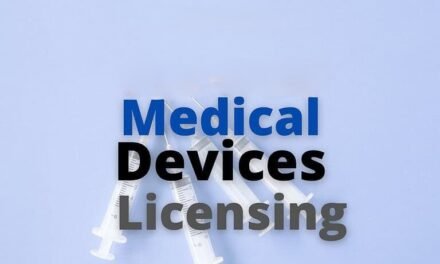
How do you handle liability for product defects in Medical Devices?

Handling liability for product defects in the medical device industry is crucial due to the high stakes associated with the safety and effectiveness of these products. Companies must adopt rigorous strategies to manage and mitigate liability risks. Here’s how this is typically approached:
1. Robust Quality Management System (QMS)
- Implementation: Implement a QMS that complies with international standards such as ISO 13485. This system should cover all aspects of design, manufacturing, packaging, and labeling, as well as distribution and post-market surveillance.
- Documentation: Maintain thorough documentation of all processes, design changes, and quality checks to ensure traceability and compliance.
2. Design Controls and Risk Management
- Risk Assessment: Conduct comprehensive risk assessments during the design phase using methodologies such as FMEA (Failure Mode and Effects Analysis). Identify potential hazards and implement design features or manufacturing processes to mitigate these risks.
- Design Validation and Verification: Ensure that the design is validated with respect to user needs and intended uses. Verification should confirm that design outputs meet design input requirements. This includes both pre-market and post-market evaluations.
3. Regulatory Compliance
- Approvals and Clearances: Obtain all necessary regulatory approvals and clearances before marketing the device. This includes meeting the requirements set forth by bodies like the FDA (U.S. Food and Drug Administration), EMA (European Medicines Agency), or other relevant authorities depending on the geographic location.
- Regulatory Updates: Stay updated on changes in regulations and standards, and ensure ongoing compliance.
4. Preventive Legal Measures
- Liability Insurance: Obtain liability insurance to protect the company against potential lawsuits or claims related to product defects.
- Legal Review: Have all product labels, warnings, and instructions reviewed by legal experts to ensure they are clear, accurate, and comprehensive, thus reducing liability risks.
5. Training and Education
- Internal Training: Ensure that all employees, especially those in design, manufacturing, and quality assurance, are trained on regulatory requirements and the importance of their role in maintaining product quality.
- Customer Training: Provide thorough training and clear, accessible instructional materials to all users of the device, which can help prevent misuse and reduce the risk of accidents that could lead to liability.
6. Post-Market Surveillance and Reporting
- Monitoring: Actively monitor the performance of the device in the market through customer feedback, reported incidents, and other surveillance methods.
- Incident Reporting: Comply with mandatory reporting requirements regarding adverse events to regulatory authorities. This helps in recognizing patterns that might indicate a systemic issue with a product.
- Recalls and Corrective Actions: If defects are identified, promptly conduct recalls or corrective actions to mitigate risks to users and comply with regulatory requirements.
7. Handling Claims and Lawsuits
- Response Team: Establish a response team including legal, clinical, and technical experts to handle potential claims or lawsuits.
- Communication Strategy: Develop a strategy for transparent and effective communication with stakeholders, including patients, healthcare providers, and regulators, in the event of a safety issue.
8. Continuous Improvement
- Feedback Loops: Utilize data from post-market surveillance and other sources to continuously improve product safety and reduce the risk of defects.
- Quality Audits: Regularly perform internal and external audits of the QMS and compliance practices to identify and address potential weaknesses.
By proactively managing these areas, medical device companies can significantly mitigate liability risks associated with product defects. Additionally, demonstrating a commitment to safety and quality not only helps in legal defense but also strengthens the brand and consumer trust.




























